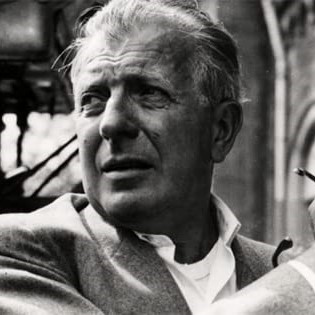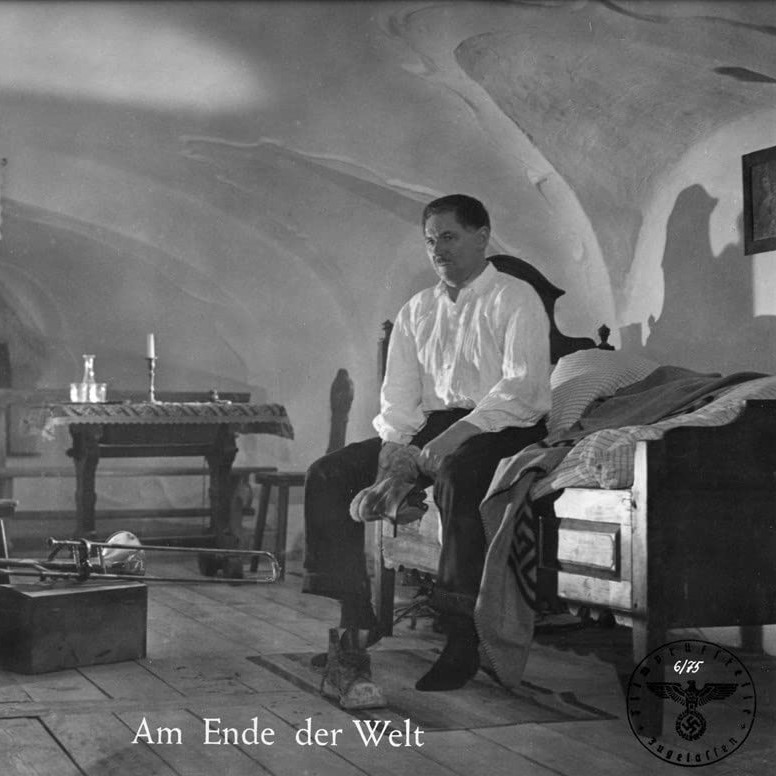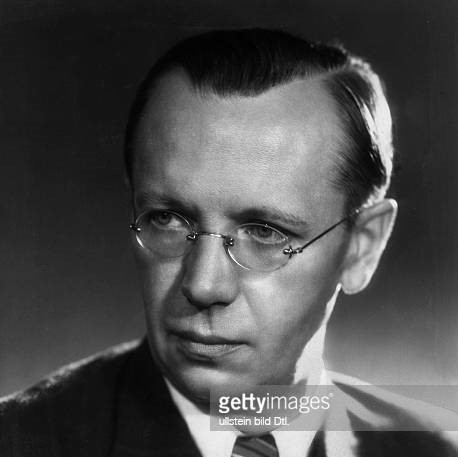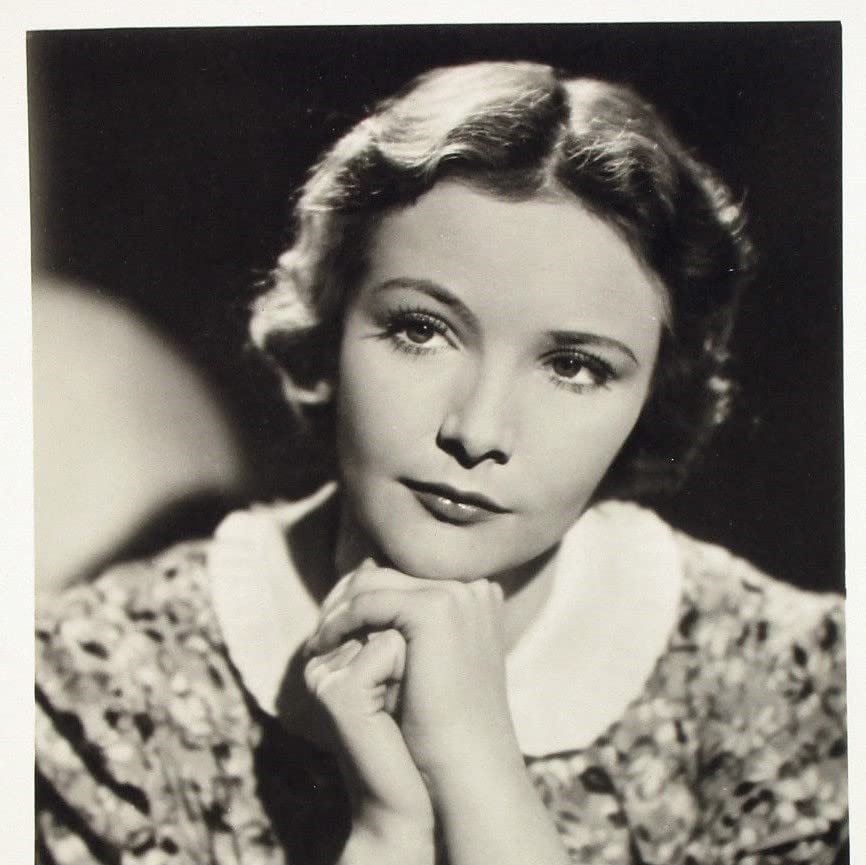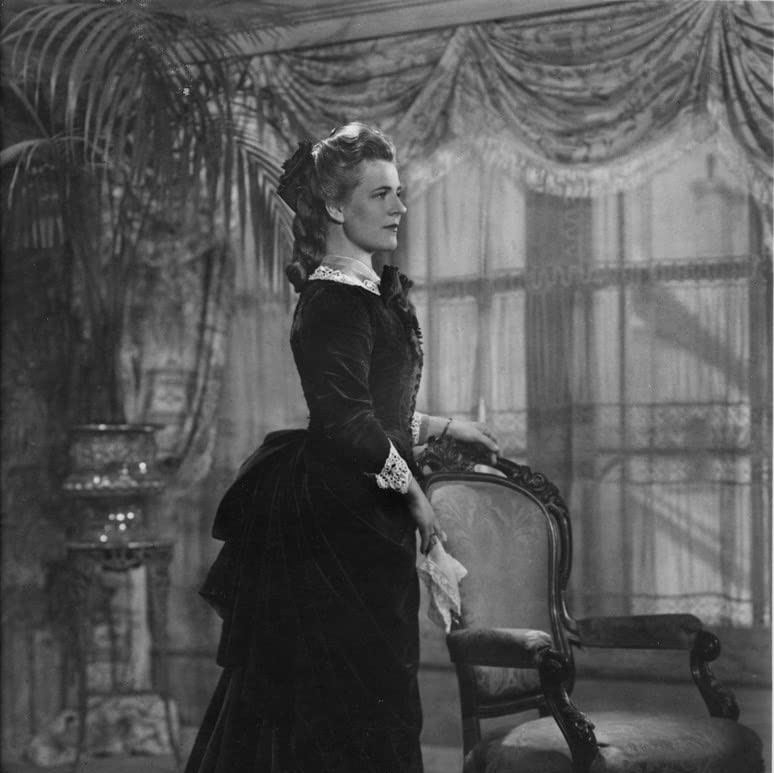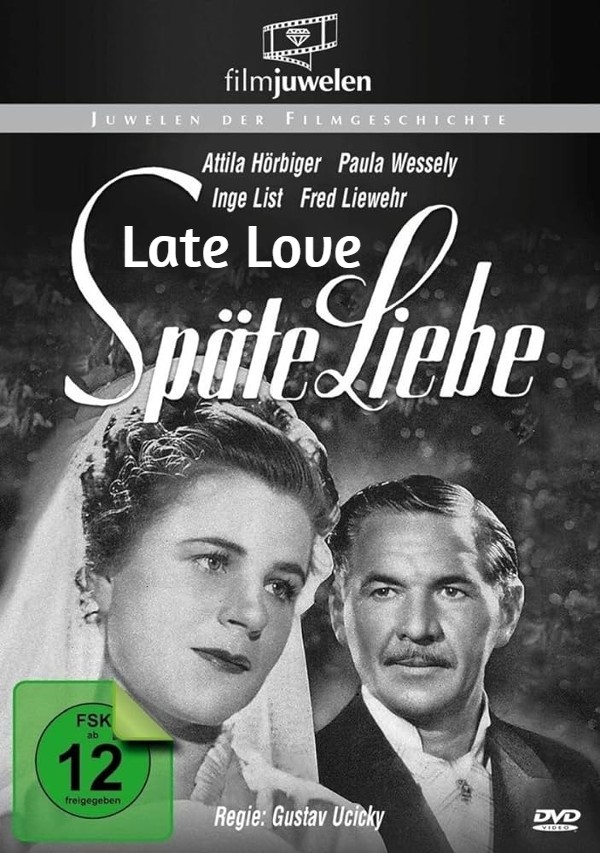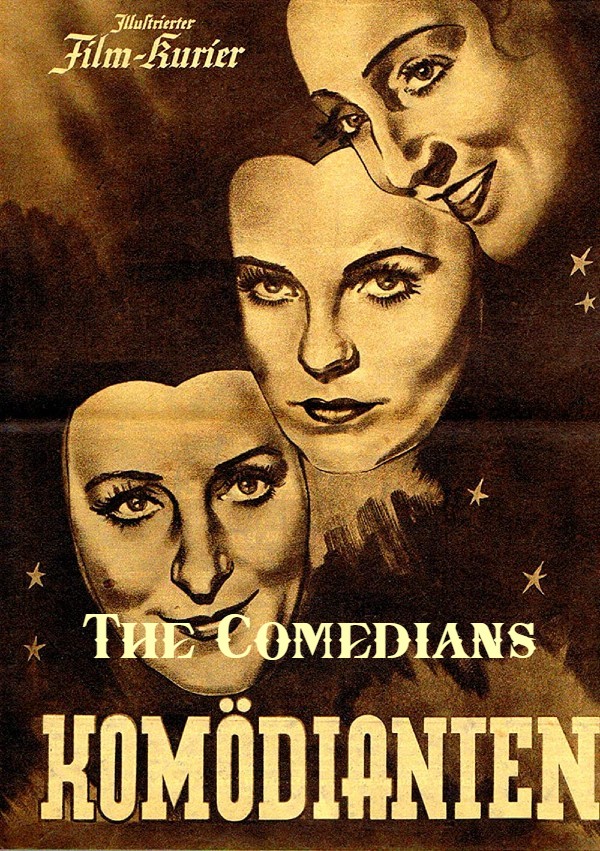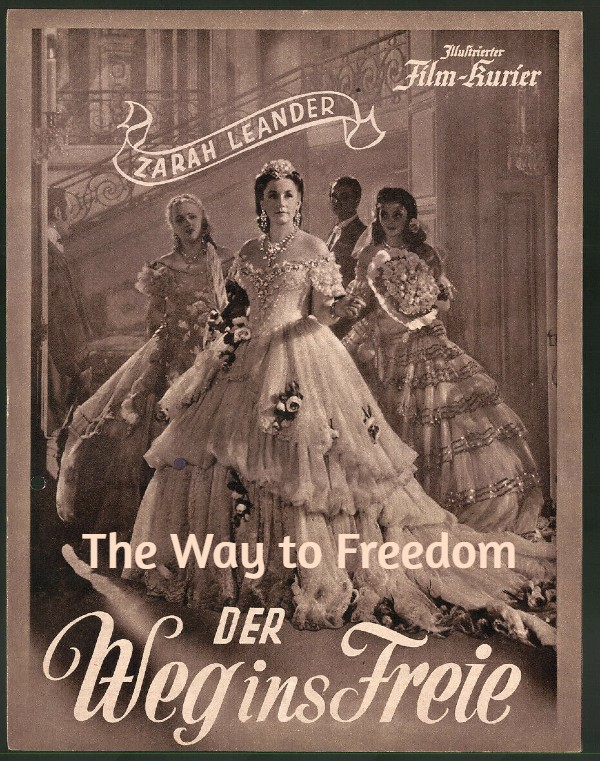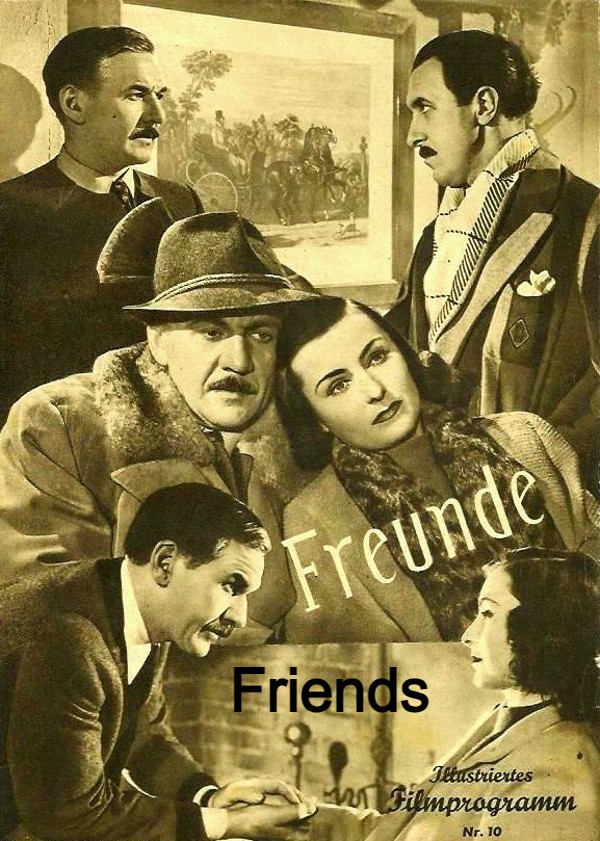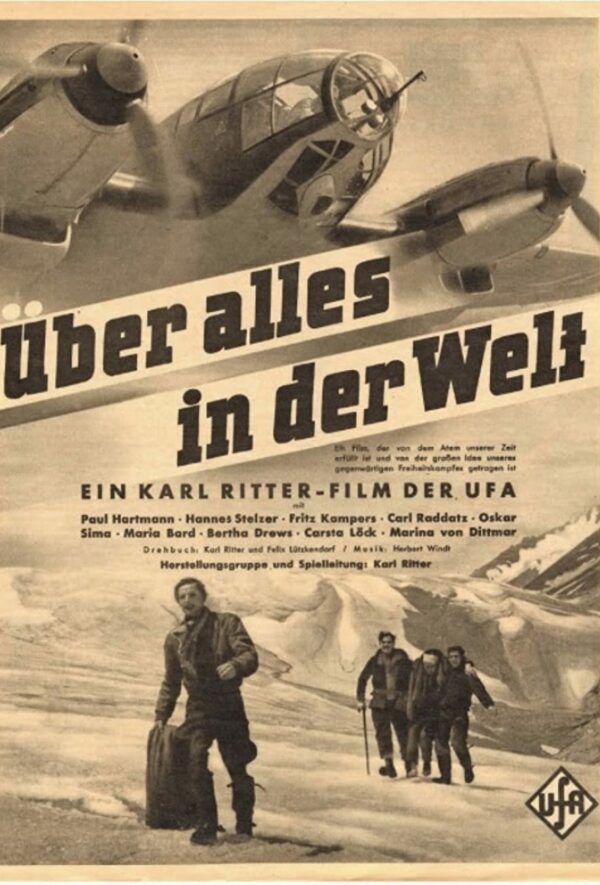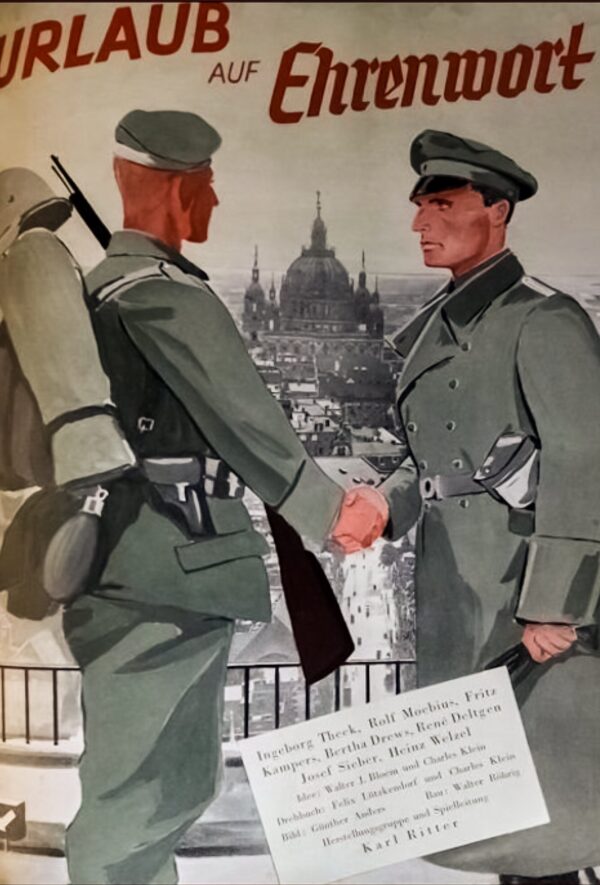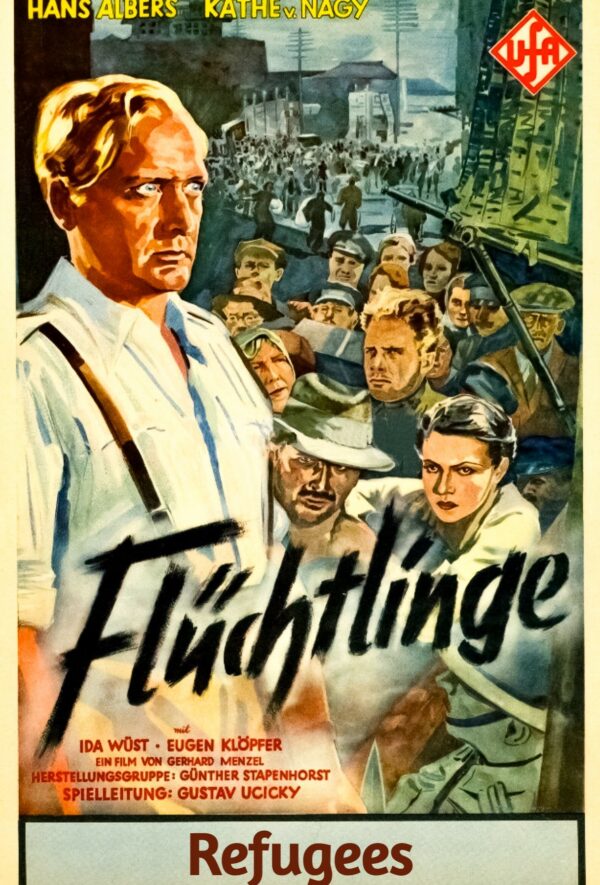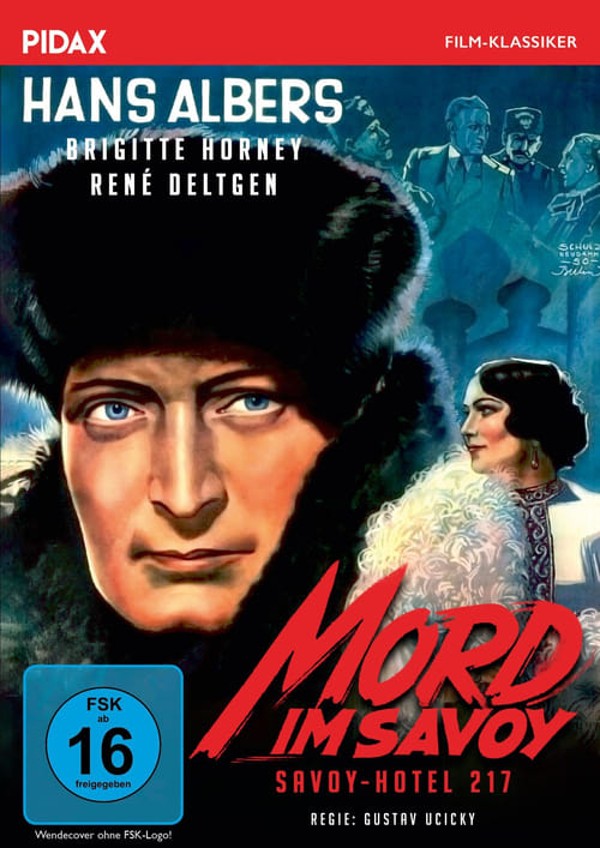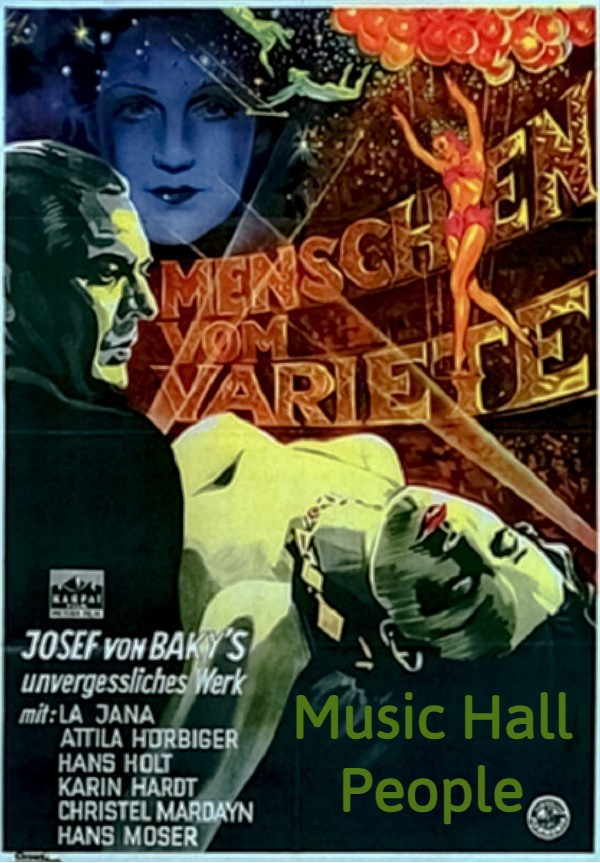Additional materials
Behind -The-Scenes, Miscellaneous
The Post-War Fate of the Polish Actors
Pictorial Report on Polish Atrocities
Admin comments
Regardless of your point of view, this film is very moving and disturbing to watch.
"It should however be pointed out that the pogrom-like assaults (including murder and manslaughter), the increasing ethnic hostilities and the aggressive nationalist policy of the Polish state, which was also directed against other minorities (or in this particular then-part of Poland rather majorities) such as Ukranians, Jews and Belorussians, is based on well-documented facts, which are given little attention or downplayed by many historians today for mostly political reasons. As the war came closer, the hostilities on both sides increased. There are many scenes, such as an incident at a movie theater when the Germans are forced by an angry crowd to sing the Polish national anthem which may actually be fairly realistic portrayals of the atmosphere in certain parts of the country and the loyalty conflicts endured.
Other now rather forgotten facts of the prelude to the war are shown as well, such as the mobilization of the Polish army as early as March 1939. A Polish propaganda poster which can be seen in one scene, that calls for a Greater Poland reaching as far as Berlin and further is authentic as well. After the outbreak of the war several Thousands of German civilians were interned and massacred throughout Poland."

